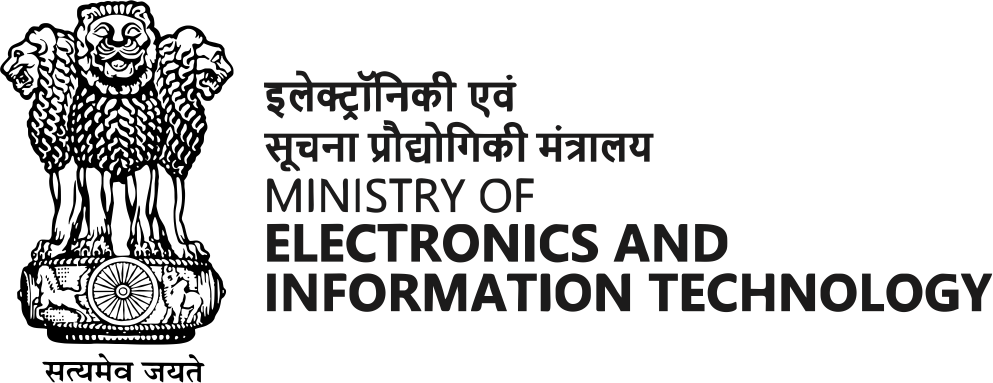Possible mobile security threats
Unsecured networks:
Unsecured networks on mobile devices refer to public Wi-Fi networks that do not require any type of authentication or encryption to access. Here are some ways unsecured networks can impact normal users and their devices.
- Data interception
- Unsecured networks can be used by attackers to distribute malware to users' devices
- Attackers can also use unsecured networks to conduct phishing attacks
- Hackers can also use unsecured networks to conduct man-in-the-middle attacks by intercepting and altering data sent between the user and a legitimate website
Unsecured networks can pose a significant risk to normal users and their devices by compromising security, leading to data theft, and exposing users to phishing attacks. It's important for users to be aware of the risks associated with unsecured networks and to take steps to protect themselves
These are some of the most common mobile security threats. By understanding these threats, users and organizations can take steps to protect their mobile devices and data, such as installing anti-malware software, using strong passwords and two-factor authentication, avoiding unsecured networks, and keeping devices and software up-to-date.



